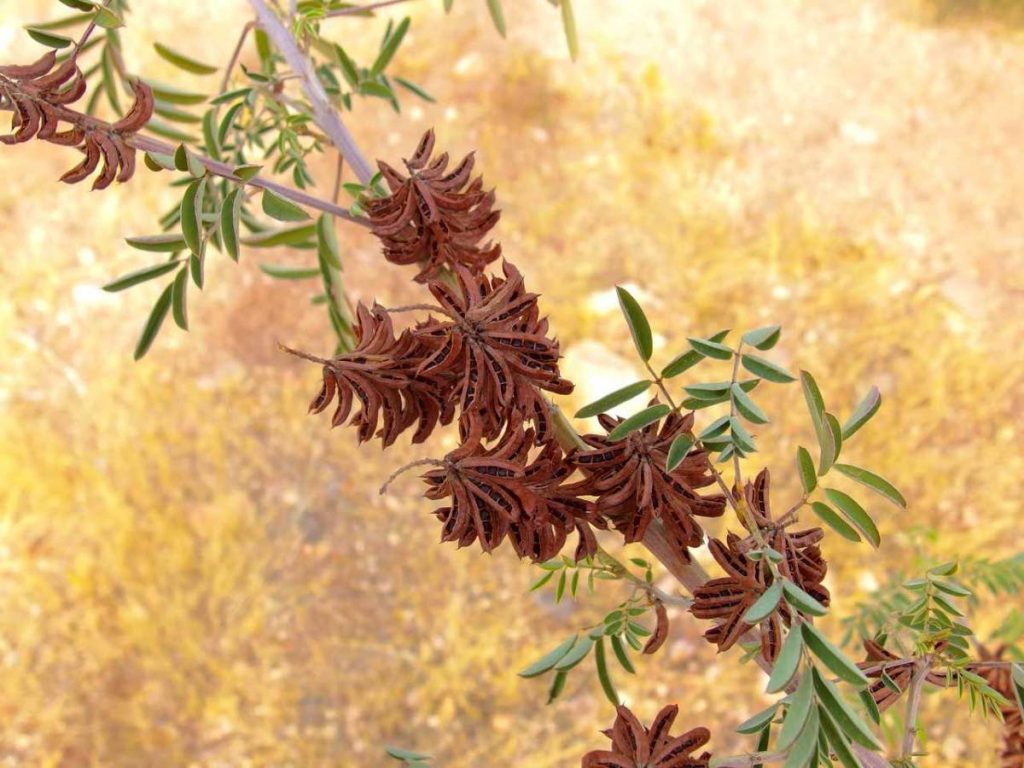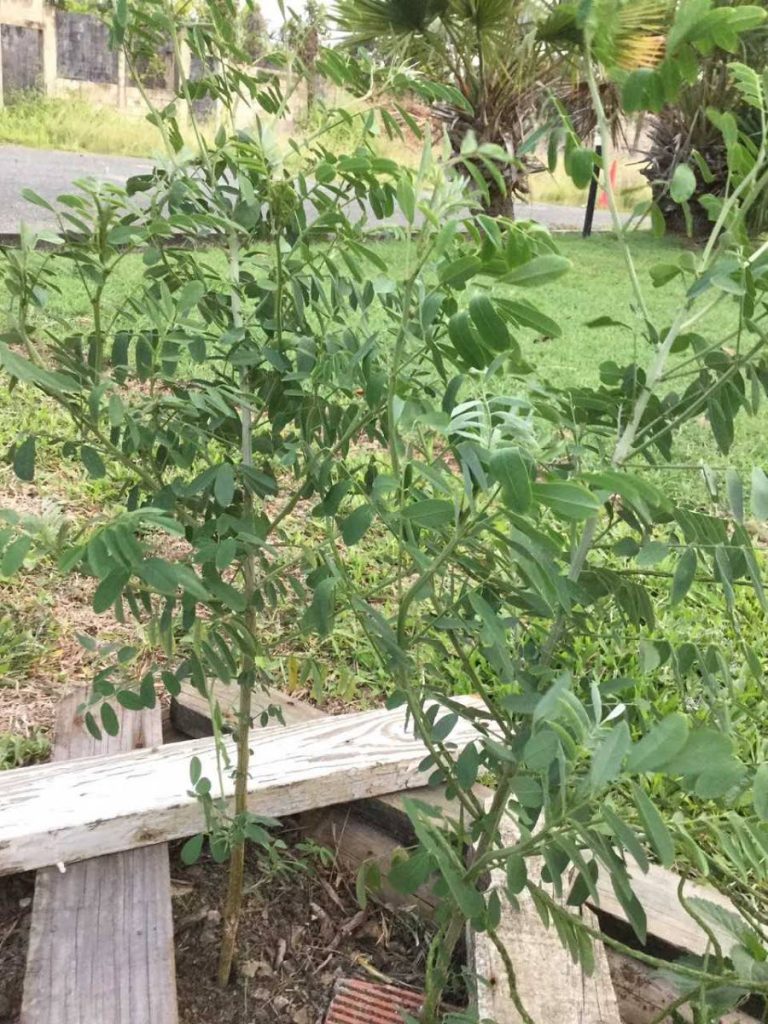The rich blue history of indigo

THE Indigo Project exhibition opens at the Scarborough Library on July 15. It starts as a fascinating modern expedition, in search of the 17th- and 18th-century indigo production sites and plantations around Tobago, delves into the island’s history as it passed from British to French to Courlanders, and leads back to the wild diversity and the botanicals in the rainforest.
The blue dye for blue jeans came originally from indigo, the extract of a particular family of plants, the indigofera. The name comes from the place where the dye was first recorded in use, India. The Greek word for the dye, indikón, means Indian. The Romans called it indicum. It eventually came into English as the word “indigo.” (It is worth noting that the identical dye was developed in Britain – woad is the colour that early wild Britons used to colour their skin, from the plant
Isatis tinctoria.) It is likely that other Asian countries – China, Japan – got their indigo from India, whose climate was ideal for the species of indigofera,
tinctoria and
suffruticosa, from which the colour was extracted.
Marco Polo is said to have written about indigo from India in the 13th century. Herodotus (around 450 BC) also wrote about indigo. By the end of the 15th century, Portuguese explorer Vasco da Gama had opened the sea way to India, and trade routes were established from Europe to the east, India, the Spice Islands, China and Japan. Demand for indigo grew in Europe, with Portugal, the Netherlands, and England the major importers.
Indigo plantations were developed in the tropical colonies; including large plantations in Jamaica (as well as other Caribbean islands, including Tobago) and South Carolina. Labour on these plantations was provided primarily by African slaves. Easily obtainable indigo threatened the British woad industry so France and Germany banned indigo imports in the 16th century. Natural indigo was replaced with the invention of synthetic indigo (by German chemist Adolf von Baeyer) and production in commercial quantities around 1900.
The Spanish, Dutch, French, English, all cultivated indigo in the Caribbean region, the Spanish from the 1500s; other colonial powers typically in the 1600s and 1700s. Early settlers cultivated other crops as well, before sugar became dominant. Although indigo was a minor crop, it still played a role in the region's history.
In Tobago, research indicates indigo was cultivated in the 1600s by early British, Dutch and Courlander settlers – using African slave labour – exporting product to Europe. Many of these settlements were short-lived as the island was fought over and newcomers driven out. In 1650, the settlement founded by James, Duke of Courland (1642) – planting tobacco and indigo – was driven out by the native Amerindians.
In 1699, the British Crown again claimed Tobago; over the next two decades, cocoa and indigo were cultivated. Courland made an attempt to reclaim Tobago in 1731; and the French again in 1748. The British were restored in 1763 by the Treaty of Paris. By 1777, exports were rum, cotton, indigo and sugar.
By 1780, with a population over 11,000, exports were recorded as cotton, 2,619,000 lbs, and indigo, 27,000 lbs. The last year of any statistics for the indigo crop is 1789.
In April 1781, the French raided and captured Lt Governor Ferguson; they destroyed the plantations and Tobago again became French, through the Treaty of Versailles. Population plummeted to 800. The mutiny of French troops in 1790 destroyed Scarborough; and in 1793, the British recaptured the island. By the time the sugar plantations were replanted in 1798, indigo and cotton were no longer seen as important to the island economy.

In January 2019, the Tobago Library Services, Scarborough Library in particular, undertook a research project to find the remains of some of the indigo factories that existed in Tobago. It was thought that some eight processing plants or pits once operated on the island: ruins were located at Courland, Parlatuvier, Crown Point and Cove; but Bloody Bay, Mason Hall may also have supported this product. The Indigo Project diaries (five parts on video) may be found on the Tobago Library Services Facebook page; it records expeditions to Parlatuvier, Courland, Crown Point and Cove. See the five part series at this link: https://www.facebook.com/tobagolibraryservices/videos
Follow #Projectindigo
According to librarian Gabrielle Fernandes, “In this region, varieties of the Indigofera genus were used. We don't have a record of exactly which species was cultivated in Tobago, we can only extrapolate from the plants we find today:
Indigofera suffruticosa and
Indigofera hirsuta. We have had good results extracting pigment from
I suffruticosa. According to the literature,
I hirsuta is a minor source of indigo. We did not pursue trying to work with that variety. There is another Indigofera species,
Indigofera tinctoria, that is said to be here as an ‘exotic.’ This is an excellent source of indigo, but we just haven't seen it yet in our expeditions around Tobago. There are said to be over 700 species in the genus Indigofera, but only a few are used to produce dye.” It belongs in the plant family Fabaceae, with pigeon peas.
Fernandes and her team also experimented with the process. They picked leaves and stems of mature plants – which grow to three to six feet tall – fermented them in water, oxidised and extracted the dye, which was stabilised with lye (sodium hydroxide). Cotton or denim may be dipped up to 20 times for the colour to be transferred.
For more information about the exhibition, call 639-3593.
Go to the Scarborough Library July 15-27; and visit the Tobago Library Services on their Facebook page.


Comments
"The rich blue history of indigo"